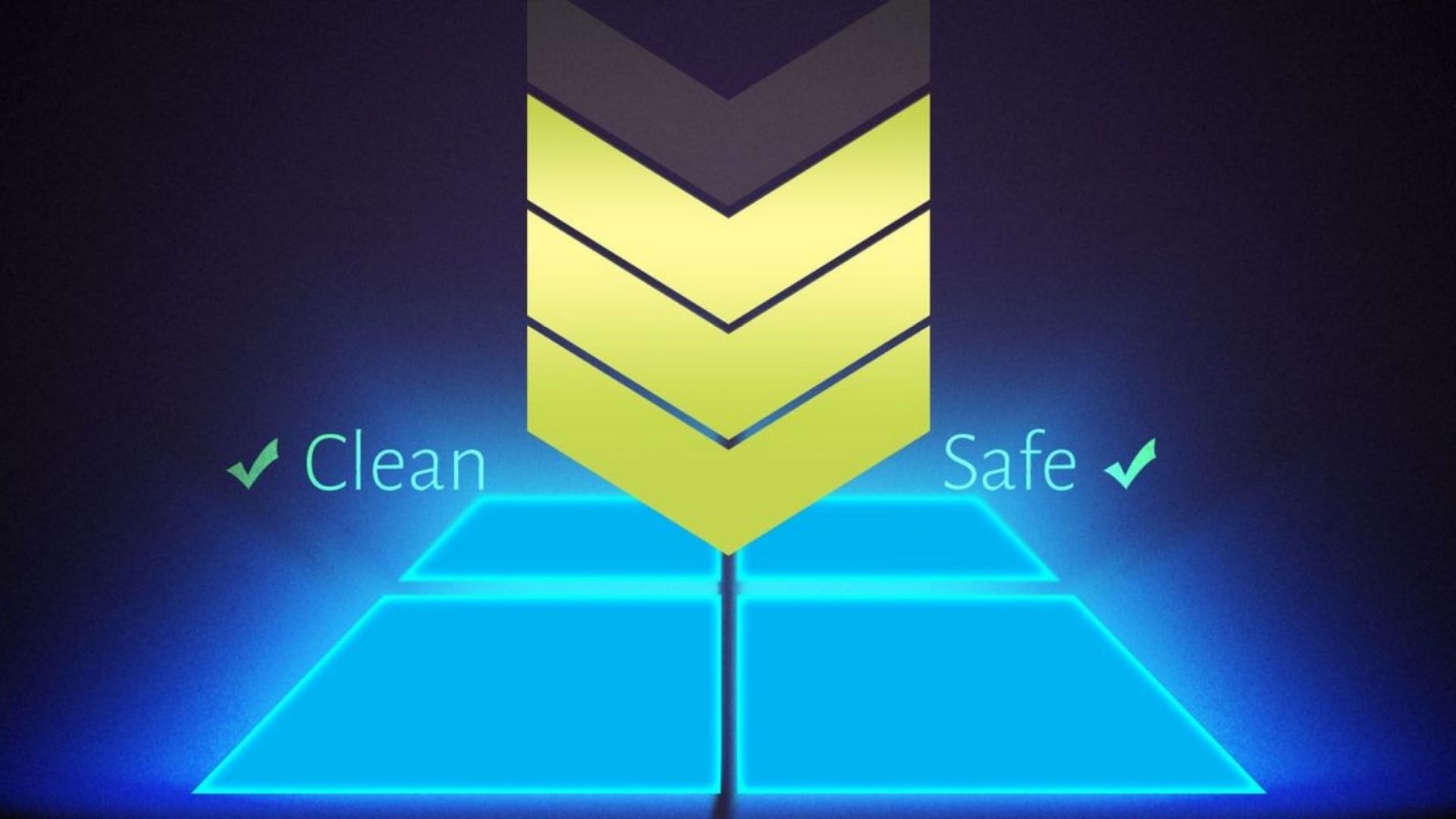BaratieSquad – In the digital age, software plays a pivotal role in our daily lives, from enhancing productivity to providing entertainment. However, with the proliferation of online threats, ensuring the safety of downloaded software has become more critical than ever. In this guide, we’ll explore essential tips to download software safely, minimizing the risk of encountering malware, viruses, or other security breaches.
1. Source Reliability
Before downloading any software, it’s paramount to verify the credibility of the source. Opt for reputable websites, such as official vendor sites or well-known platforms like the Apple App Store, Google Play Store, or Microsoft Store. Be cautious when downloading from third-party websites, as they may host pirated or altered versions of software, increasing the likelihood of malware infiltration.
2. Read Reviews and Ratings
User feedback can provide valuable insights into the safety and performance of software. Take the time to read reviews and ratings from other users, particularly focusing on recent experiences. Positive reviews coupled with a high rating indicate that the software is likely safe to download, while numerous negative reviews or low ratings may serve as red flags.
3. Verify Authenticity
Before initiating the download process, verify the authenticity of the software to ensure it hasn’t been tampered with or modified. Check for digital signatures or certificates, which signify that the software originates from a legitimate source and hasn’t been altered since its creation. Additionally, pay attention to the URL of the download link, ensuring it matches the official website of the software vendor.
4. Install Antivirus Software
Preventative measures are essential in safeguarding your device against potential threats. Install reputable antivirus software and keep it regularly updated to detect and neutralize malware threats effectively. Antivirus software provides real-time protection, scanning downloads for malicious content and alerting users to potential risks before installation.
5. Enable Firewall Protection
Activate the built-in firewall protection on your device to create an additional layer of defense against unauthorized access and malware infiltration. Firewalls monitor incoming and outgoing network traffic, blocking potentially harmful connections and safeguarding sensitive data from cyber threats.
6. Update Regularly
Software developers frequently release updates to address security vulnerabilities and enhance performance. Ensure your operating system, web browser, and installed software are up to date by enabling automatic updates or manually checking for updates periodically. Updated software contains patches that mitigate security risks, reducing the likelihood of exploitation by cyber attackers.
7. Exercise Caution with Freeware
While free software may seem appealing, exercise caution when downloading freeware from the internet. Some free software may contain bundled adware or spyware, which could compromise your privacy and security. Carefully review the terms of service and privacy policy before downloading freeware, and be wary of any additional offers or optional installations during the download process.
Conclusion
Downloading software safely is imperative to protect your devices and personal information from cyber threats. By following these guidelines, you can minimize the risk of encountering malware, viruses, or other security breaches, ensuring a secure and seamless software experience. Prioritize source reliability, read user reviews, verify authenticity, and implement robust security measures to safeguard your digital environment effectively. Stay informed, stay vigilant, and enjoy the benefits of software without compromising your safety.
